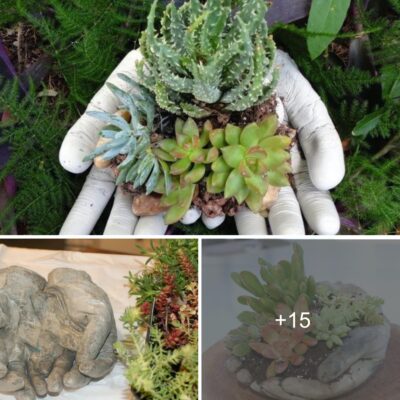The natural world is full of wonders. In particular, there are many animals that know they will die but still accept to reproduce and welcome their children.
First, Pacific salmon
In fact, all seven species of the genus Pacific salmon have the same outcome. That is, they will die after enduring the arduous journey upstream to reach the spawning place. The cause of their death is due to overexertion because they have to swim thousands of kilometers to the breeding place. Salmon died from lack of food, exhausted their strength when going against the fast current.
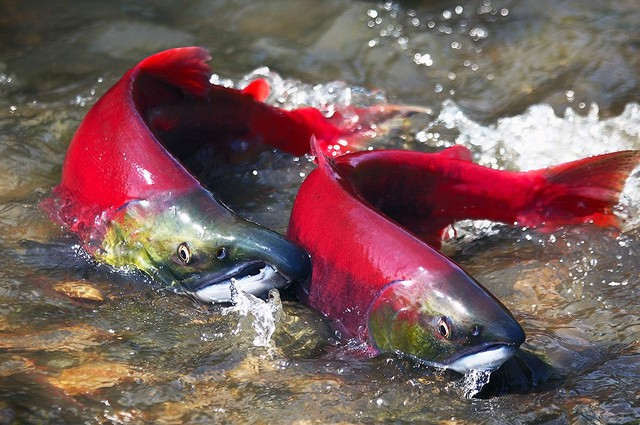
Pacific salmon often die after the long journey upstream back to their spawning grounds. Photo: Earthjustice
Salmon that can reproduce even suffer from near peeling skin and organ failure until they die. There are very few salmon that can continue to live after birth and continue to lay new litters.
However, decomposing salmon is considered a source of nutrients for the stream and contributes to the health of the entire ecosystem. Because after maturity, salmon always find a way back to spawn and die in the same water in which they were born.
Second, the red-tailed viper
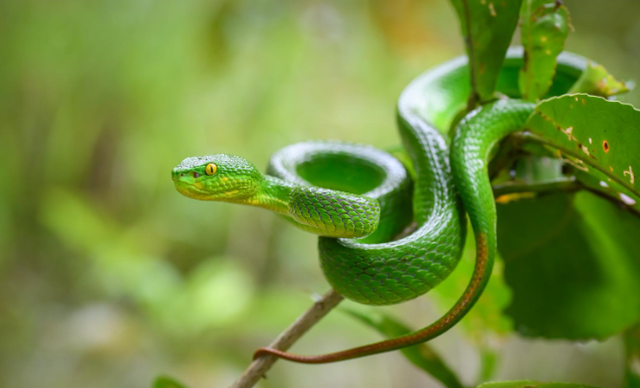
The red-tailed viper will die after giving birth. Photo: thainationalparks
The red-tailed viper (Trimeresurus albolabris) is a snake with a body length of 60-80 cm. This is the only species in the family of vipers that give birth, instead of laying eggs. The gestation period of this venomous snake usually lasts about 2 months.
To give birth, the red-tailed viper accepts to sacrifice its life. Accordingly, when giving birth, the abdomen of the mother snake’s anus will be torn and the baby snakes will also come out from there. However, after giving birth, the mother red-tailed viper will also die.
Therefore, childbirth is considered the final event in the life of every female viper.
Third, cicadas
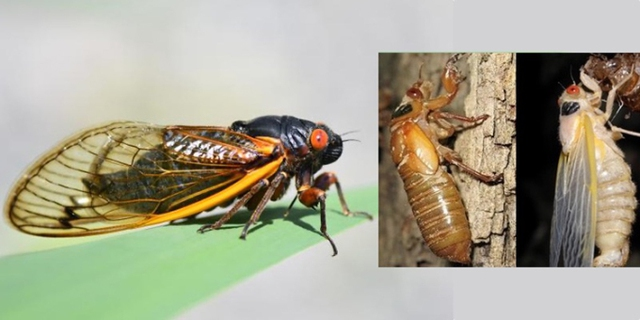
Cicada larvae periodically molt into adult cicadas. Photo: Cicada Mania
Cicadas are also animals that sacrifice themselves to welcome future generations. When a cicada is born, it is usually on a tree branch or bush. The cicada will fall and immediately burrow into the ground. They will live off the nutrients of plant roots and spend most of their lives underground.
After 2 to 17 years, cicadas will become fully mature along with thousands of their brethren. For example, with the periodic cicada (Magicicada) in the US, during 17 years underground, instead of hibernating, they will go through many stages of growth. Specifically, this species of cicada will molt 4 times, and after each time, the larvae grow about 1.27 cm larger.
In contrast to the long larval stage, adult cicadas only live for 4-6 weeks. During this time, the cicadas will complete their reproductive tasks and die after making noise with their calls.
Wednesday, mantis

The male mantis accepts the risk of being eaten by his partner during mating. Photo: PBS
With a fragile appearance, but mantises are animals that can sacrifice themselves for their children.
Specifically, immediately after or during mating, the female mantis will kill its mate. Stagmomantis Limbata mantis can even continue to mate even if they are bitten off by the female. Although brutal and cannibalizing males when mating, this has evolutionary benefits, experts say.
It is female mantises that eat their mates healthier than their competitors. This also means that their eggs will be healthier. In particular, the number of eggs produced by female mantises after eating their mates also increased.
Thursday, octopus
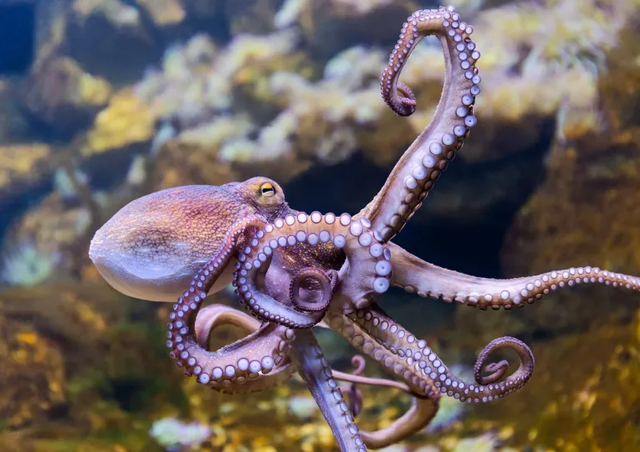
Octopuses lay only one egg in their lifetime and then die. Photo: Getty Images
Besides the ability to change color and regrow tentacles, the female octopus lays only one litter of eggs in her lifetime. However, after laying eggs, the female octopus will stop eating and gradually become thin. Some octopuses even accelerate death by ripping themselves apart.
Meanwhile, male octopuses are also not easy. Because they will stop feeding after the breeding season and die within a few months under the tentacles of a hungry female, or be eaten by predators.
Friday, Antechinus kangaroo
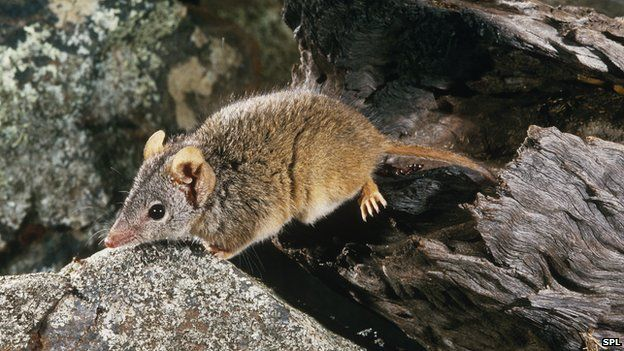
Antechinus kangaroos suffer from a severe immune deficiency after mating. Photo: BBC
Every year, species of the rat-like marsupial from Australia participate in a breeding season. At that time, the male will try to impregnate as many females as possible. Because of the fact that the male Antechinus kangaroo only has a short time to mate before his body stops producing sperm.
Despite their small size, Antechinus kangaroos can perform matings lasting up to 14 hours. However, after that, the male’s sperm was finally exhausted and their ending surprised many people.
It is the male Antechinus kangaroos that will rapidly weaken their immune systems when the blood is flooded with stress hormones and testosterone. This marsupial will then lose its fur and begin to bleed internally, the body disintegrating from the inside out.








